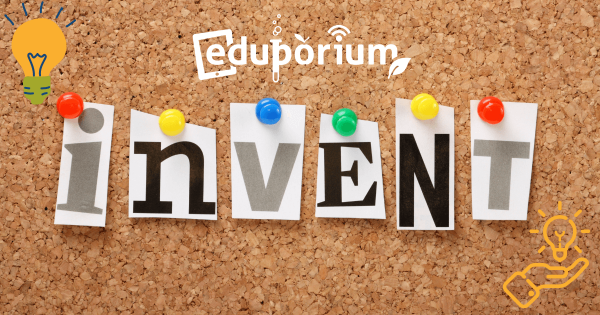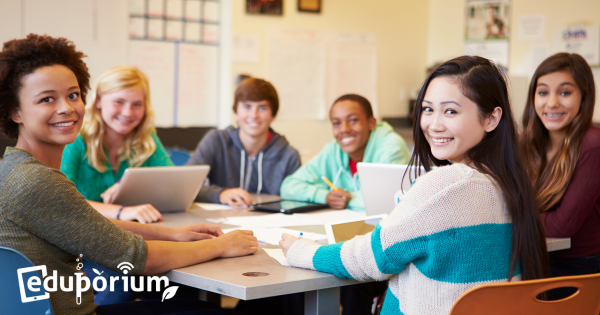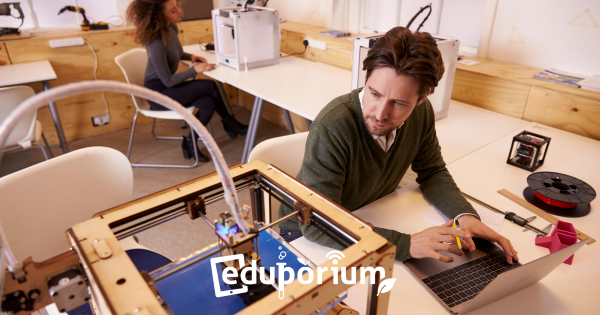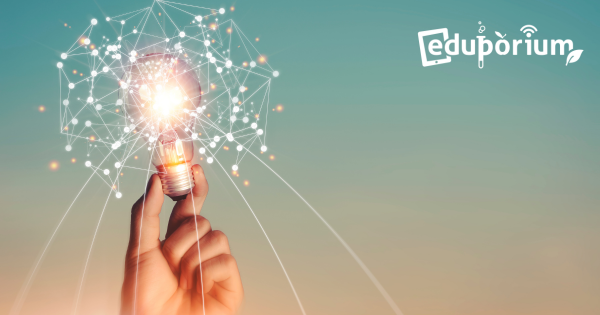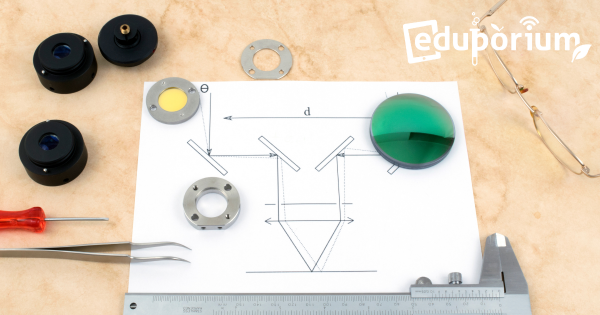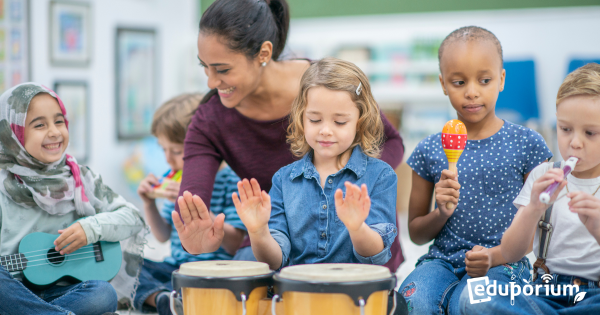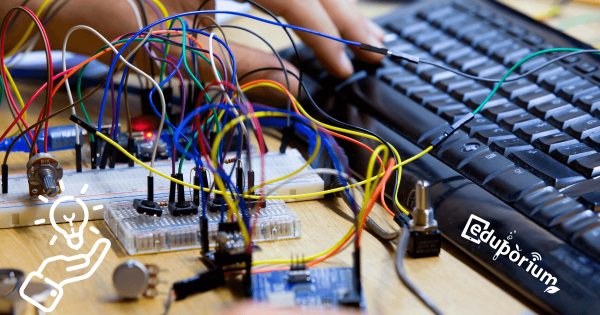EdTech has the unique ability to inspire students towards solving problems, spark their undying interest in a particular career or help them improve their community where it needs help most. You just don’t know it yet. Fab labs serve as an ideal way to promote project-based learning and teaching in a way that students have not previously seen.
Maker Education
Maker education is a purposeful, popular, and unique division of STEAM learning. Born from the Maker Movement that various inventors and hobbyists have helped become more mainstream in cities all over the world, that ingenuity they display translates exceptionally well in K–12 classrooms. Especially as makerspaces are popping up in various academic spaces, maker education helps students apply their creativity in useful ways. Maker education also does not require expensive materials or complex technology. While it's beneficial to incorporate these resources in the right circumstances, however, it's far from necessary. Using simple makerspace supplies, like paper, cardboard, and tape, kids can experience the benefits of MakerEd. And, once they become more comfortable with this way of learning, they can progress up to some more intricate projects.
In terms of maker education in schools, there are so many different avenues teachers could take. One of the most popular and impactful, for example, is introducing students to 3D printing. Using these eco-friendly machines, students can generate their own ideas for solving any problem, create a digital rendering of a prototype with a design program, and sit back to let their 3D printer bring their visions to life layer by layer. This also helps them make tons of connections to the STEAM world and innovative problem solving. But, beyond just 3D printing, maker education might involve 3D scanning, 3D laser printing, arts and crafts, electronics-based projects, vacuum forming, and even constructing robots. As long as children are thinking like inventors, maker education can help them develop into true 21st century problem solvers.
-
Eduporium Weekly | Why Schools Need Technology
One way to introduce students to STEM is to make it fun while they learn key skills through active interaction. Digital curricula are a great idea, especially if you can learn from educators who have initiated similar journeys. There are so many projects and fun activities students can do right in the classroom or take home for collaboration outside school. -
Eduporium Weekly | 3D Printing And Education's 3rd Dimension
Whether it’s establishing a fully hands-on classroom or employing some of the latest trends like 3D printing, we are definitely in the midst of an education revolution. Kids are adapting to become almost entirely self-sufficient or at least able to know that they do not always need guided instructions in order to learn and develop. -
Eduporium Weekly | Innovate To Educate
Innovation is often born out of creativity. And creativity, more so than ever, is the driving force that opens the door for innovation. Someone who is innovative uses all available tools and technologies to bring about some kind of improvement. In education, that innovation has been cemented as using technology as a tool to enhance learning. -
Map Of Skills | Designing And Implementing A School Fab Lab
Knowing her students needed to be incorporating modern STEM projects into their education, she and her team set out to create the perfect makerspace for all they wanted to accomplish. Officially coined, the “Fab Lab,” Elizabeth’s final product is one that students can use every day—collaboratively or individually—to construct creative projects. -
Eduporium Weekly | The Real World In The Classroom
With all the buzz surrounding STEM education, teaching students skills that will be vital to succeeding post-education is something that the best modern instructors seek to accomplish. What they could be doing, however, is not only teaching students the skills they will need, but also putting them to the test now right in the classroom. -
Assistive Tech Makethon—Start to Finish in 48 Hours
I wholeheartedly suggest encouraging kids, students, and peers to attend hackathons or makeathons, or community innovation days. Better yet, host one in your community! Let me tell you about my experience, and why I feel that being part of a group of people, making something together, is an invaluable experience.
Page
- Page Previous
- Page 1
- Page 2
- Page 3
- You're currently reading page 4




